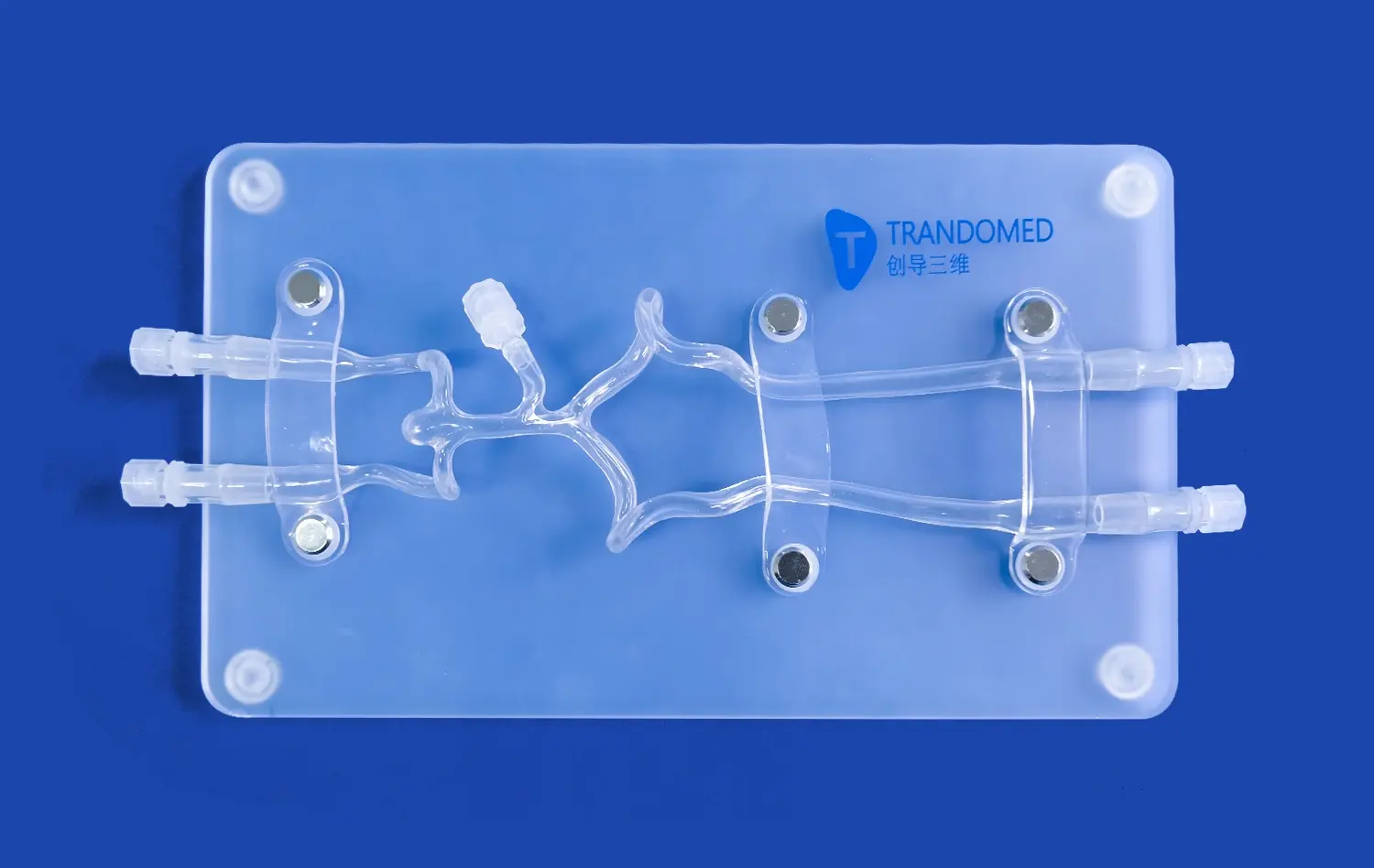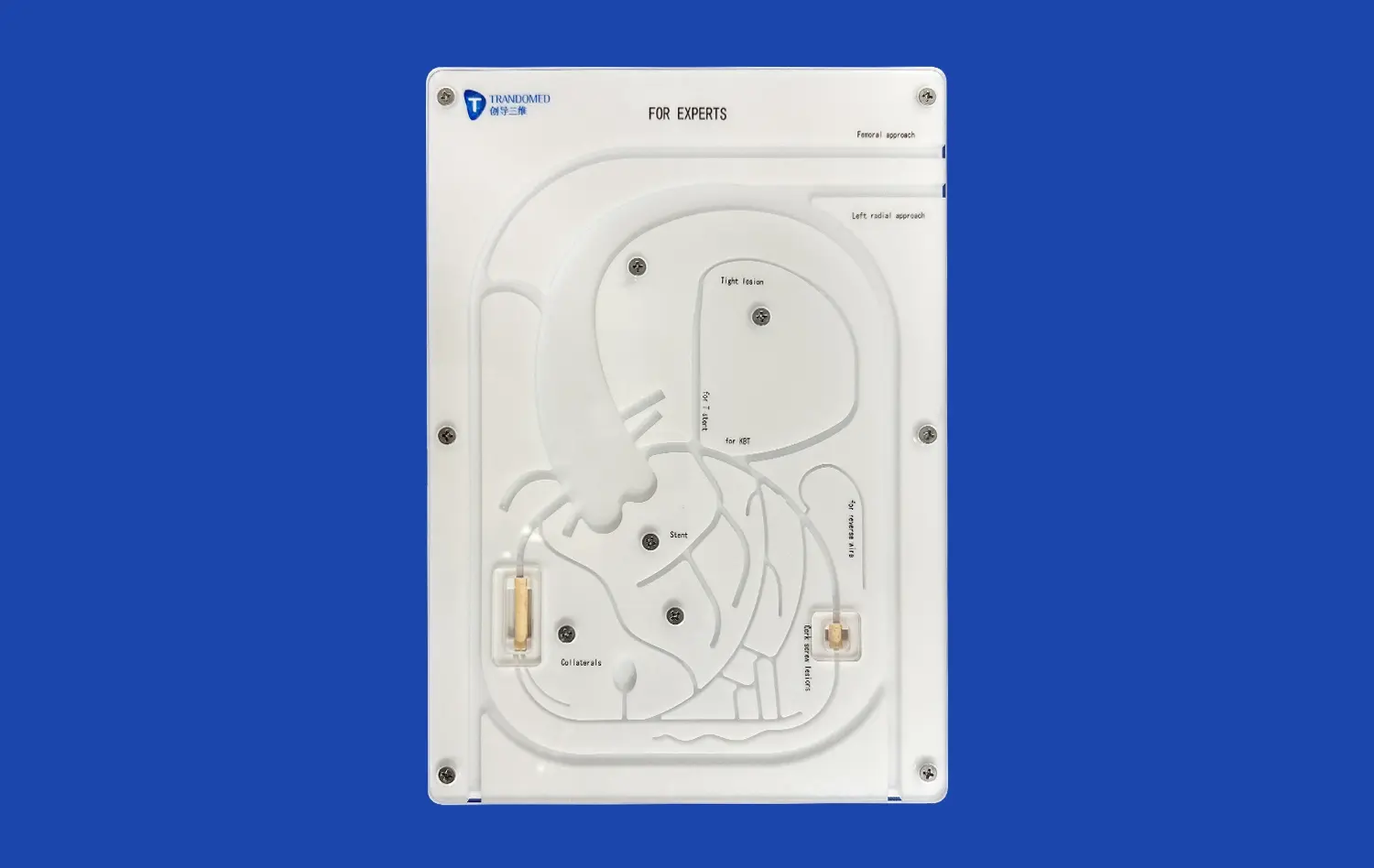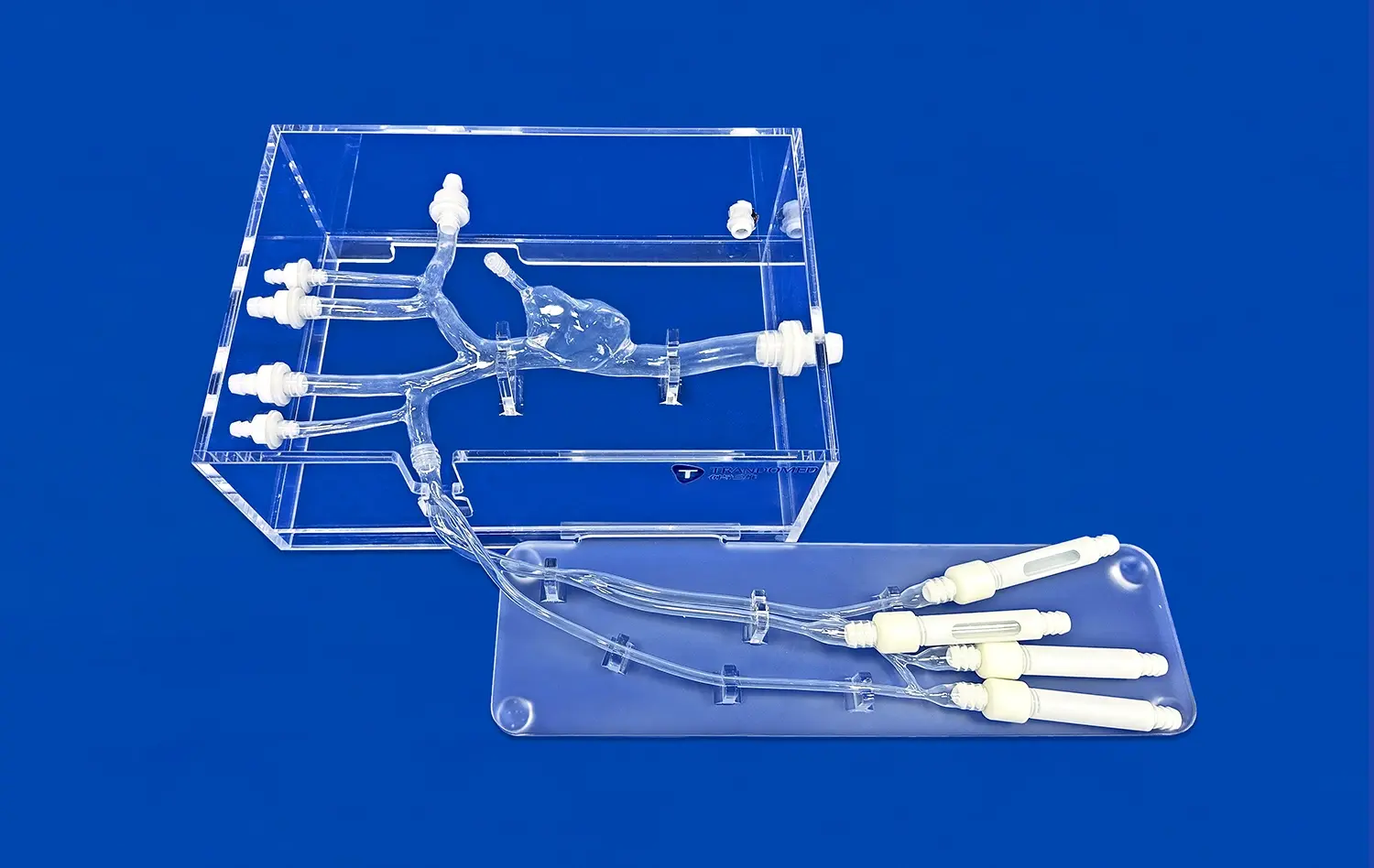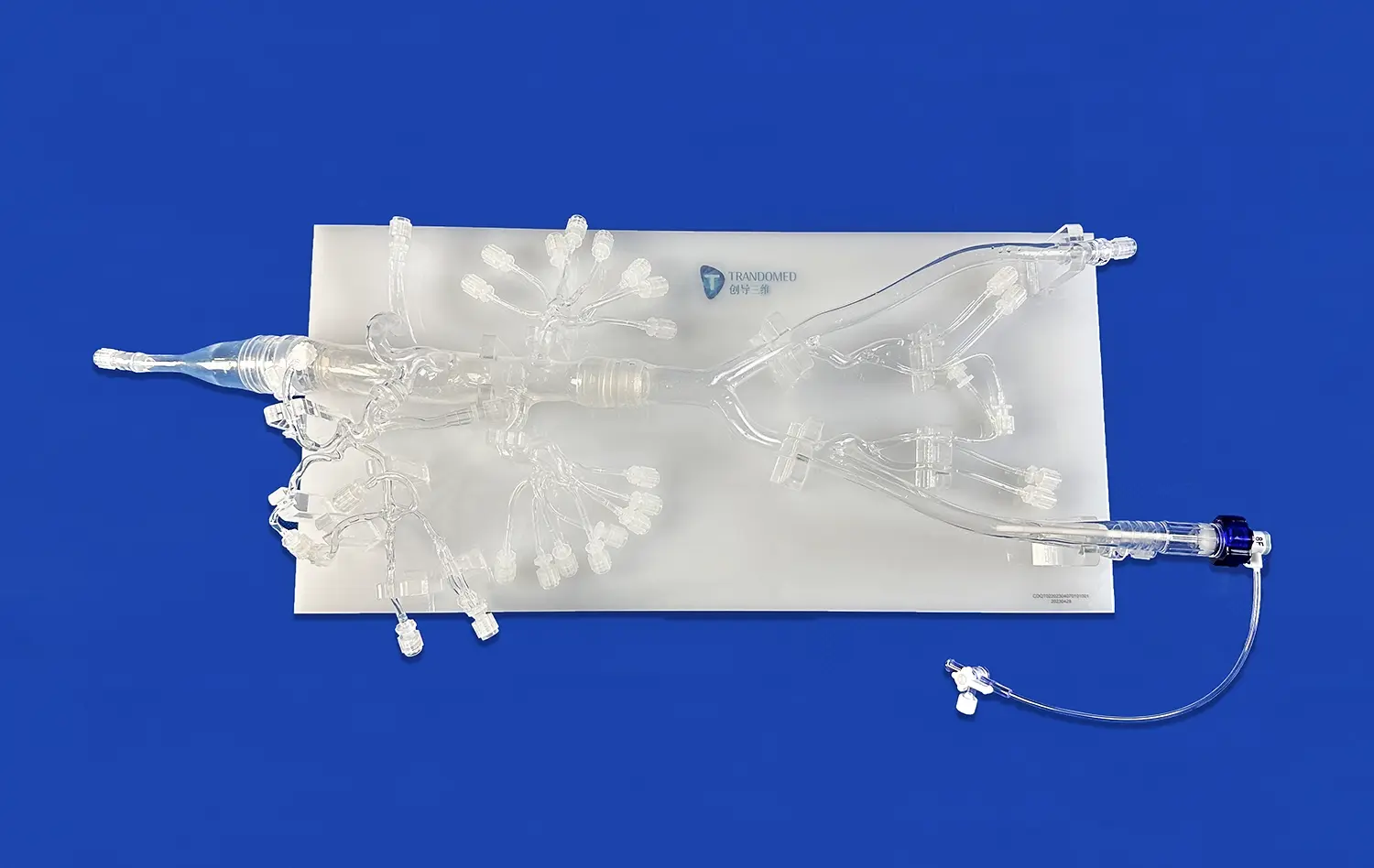How the Bronchoscopy Simulator Transforms Training for Respiratory Endoscopy?
2025-07-14 09:00:00
The bronchoscopy simulator has revolutionized the landscape of respiratory endoscopy training, offering a groundbreaking approach to skill development in this critical medical field. By providing a highly realistic, risk-free environment, these advanced training tools allow medical professionals to hone their bronchoscopy techniques without compromising patient safety. The simulator's ability to replicate intricate anatomical details and mimic various pathological conditions enables trainees to encounter a wide range of scenarios they might face in clinical practice. This immersive learning experience not only enhances technical proficiency but also boosts confidence, ultimately leading to improved patient outcomes. As we delve deeper into the transformative power of bronchoscopy simulators, we'll explore how they're reshaping medical education and pushing the boundaries of respiratory care.
How the Bronchoscopy Simulator Mirrors the Human Respiratory System?
Replicating Complex Airway Structures
The cornerstone of an effective bronchoscopy simulator lies in its ability to faithfully reproduce the intricate anatomy of the human respiratory system. Advanced 3D printing technology, coupled with meticulous attention to detail, allows for the creation of highly accurate airway models. These models incorporate the trachea, main bronchi, and segmental bronchi, complete with realistic textures and colors that closely resemble living tissue.
The bronchoscopy simulator's design takes into account the natural variations in airway anatomy, including the angles and dimensions of bronchial branches. This level of detail is crucial for trainees to develop a thorough understanding of navigating the complex bronchial tree. By interacting with these lifelike models, learners can familiarize themselves with landmarks and spatial relationships within the respiratory system, enhancing their ability to perform bronchoscopies efficiently and safely in real-world scenarios.
Simulating Pathological Conditions
Beyond replicating normal anatomy, advanced bronchoscopy simulators excel in presenting a wide array of pathological conditions. These may include simulations of tumors, inflammations, stenosis, and other abnormalities commonly encountered during respiratory endoscopy procedures. The ability to visualize and interact with these simulated pathologies provides invaluable experience for trainees, allowing them to recognize and respond to various clinical presentations.
Some simulators even offer the capability to customize pathological scenarios, enabling instructors to create specific learning objectives tailored to individual trainee needs or to focus on rare but critical conditions. This adaptability ensures that learners are exposed to a comprehensive range of potential situations, preparing them for the diverse challenges they may face in their medical practice.
Simulating Complex Procedures: Training for Biopsy, Foreign Body Removal, and More
Mastering Biopsy Techniques
Bronchoscopy simulators play a pivotal role in teaching and refining biopsy techniques, a critical skill in respiratory endoscopy. These advanced training tools offer various biopsy scenarios, allowing trainees to practice different sampling methods such as endobronchial biopsy, transbronchial biopsy, and brush cytology. The simulators provide realistic tissue resistance and tactile feedback, mimicking the sensations experienced during actual procedures.
Learners can repeatedly practice positioning the bronchoscope, manipulating biopsy tools, and obtaining tissue samples without the pressure of a live patient scenario. This repetitive practice not only improves technical proficiency but also enhances decision-making skills regarding when and where to perform biopsies based on visual cues and simulated patient history.
Practicing Foreign Body Removal
Foreign body aspiration is a potentially life-threatening condition that requires swift and skilled intervention. Bronchoscopy simulators offer a safe environment for trainees to practice the delicate and often challenging task of foreign body removal. These simulators can be programmed to present various types of foreign bodies - from food particles to small toys - in different locations within the airway.
The simulator allows learners to experiment with different retrieval techniques and instruments, such as forceps and baskets, under varying conditions. This hands-on experience is invaluable in developing the dexterity and problem-solving skills necessary for successful foreign body removal in real-life emergencies. Moreover, the simulator can replicate complications like bleeding or mucosal damage, teaching trainees how to manage these situations effectively.
Improving Bronchoscope Handling: Techniques for Effective Insertion and Navigation
Perfecting Insertion Techniques
Mastering the art of bronchoscope insertion is fundamental to successful respiratory endoscopy. Bronchoscopy simulators provide a controlled environment for learners to refine their insertion techniques without risking patient discomfort or injury. These advanced training tools offer realistic resistance and feedback, simulating the sensations encountered when navigating through the upper airway and into the bronchial tree.
Trainees can practice various insertion approaches, including oral and nasal routes, while learning to maneuver past anatomical structures such as the vocal cords. The simulator's ability to provide immediate feedback on insertion angle, force applied, and potential trauma to simulated tissues allows learners to fine-tune their techniques progressively. This iterative process helps develop the gentle touch and precision required for smooth, atraumatic bronchoscope insertion in clinical practice.
Enhancing Navigation Skills
Navigating the complex network of bronchial passages requires a combination of visual acuity, spatial awareness, and fine motor control. Bronchoscopy simulators excel in honing these skills by providing a realistic virtual environment for exploration. Advanced simulators often incorporate haptic feedback systems that replicate the tactile sensations experienced during bronchoscope manipulation, enhancing the learning experience.
Learners can practice navigating to specific bronchial segments, overcoming challenges such as tight turns and narrowed airways. Many simulators also offer various difficulty levels, progressively introducing more complex anatomical variations or pathological obstructions. This graduated approach allows trainees to build confidence and competence in navigation, preparing them for the diverse scenarios they may encounter in real patients. Additionally, some simulators incorporate virtual reality technology, providing an immersive 3D experience that further enhances spatial understanding and navigation skills.
Conclusion
The bronchoscopy simulator has emerged as a transformative tool in respiratory endoscopy training, bridging the gap between theoretical knowledge and practical application. By providing a highly realistic, risk-free environment for skill development, these advanced training platforms enable medical professionals to refine their techniques, boost confidence, and ultimately enhance patient care. The simulator's ability to replicate complex anatomical structures, simulate various pathological conditions, and offer hands-on experience in procedures like biopsy and foreign body removal makes it an invaluable asset in medical education. As technology continues to evolve, bronchoscopy simulators will undoubtedly play an increasingly crucial role in shaping the future of respiratory care and endoscopic training.
Contact Us
Ready to revolutionize your respiratory endoscopy training program? Discover how our state-of-the-art bronchoscopy simulators can elevate your medical education experience. Contact us today at jackson.chen@trandomed.com to learn more about our innovative solutions and take the first step towards transforming your training approach.
References
Smith, J. et al. (2022). "The Impact of Simulation-Based Training on Bronchoscopy Performance: A Systematic Review." Journal of Bronchology & Interventional Pulmonology, 29(3), 245-256.
Johnson, A. & Brown, B. (2021). "Advancements in Bronchoscopy Simulation: A Comparative Analysis of Current Technologies." Medical Education Online, 26(1), 1898754.
Garcia-Rodriguez, L. et al. (2023). "Effectiveness of Virtual Reality-Based Bronchoscopy Simulators in Respiratory Medicine Training: A Multi-Center Study." Chest, 163(4), 858-867.
Wong, D. & Lee, S. (2020). "The Role of Haptic Feedback in Bronchoscopy Simulation: Enhancing Skill Acquisition and Transfer." Simulation in Healthcare, 15(6), 401-409.
Patel, R. et al. (2022). "Integration of Bronchoscopy Simulators in Pulmonology Fellowship Programs: A National Survey." Journal of Graduate Medical Education, 14(2), 201-208.
Yamamoto, T. & Nakamura, Y. (2021). "Improving Patient Safety through Simulation-Based Bronchoscopy Training: A 5-Year Follow-up Study." Patient Safety in Surgery, 15, 12.
_1736214519364.webp)
_1734507415405.webp)












